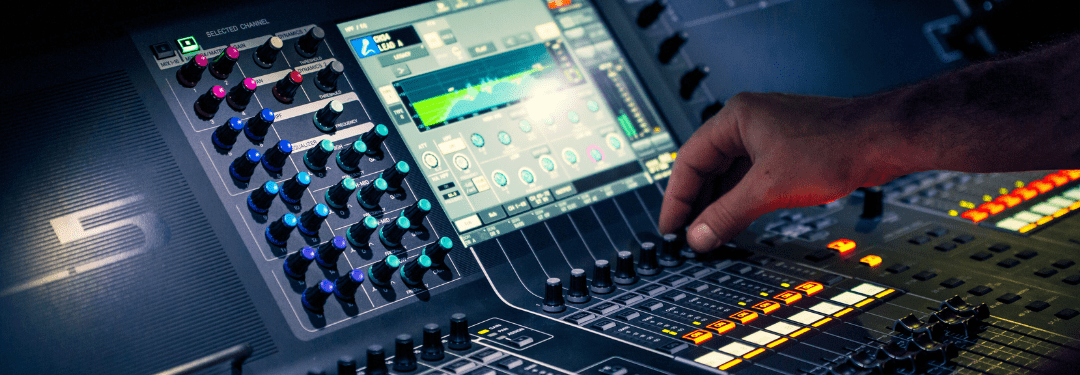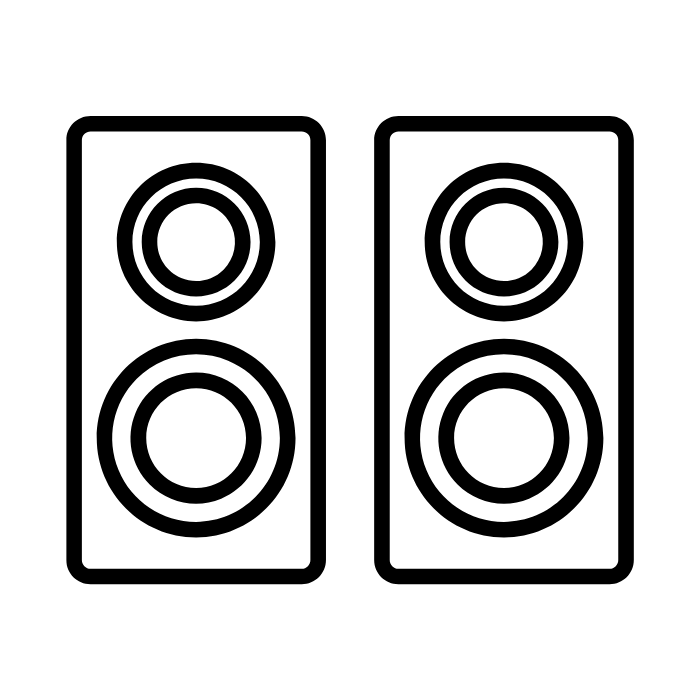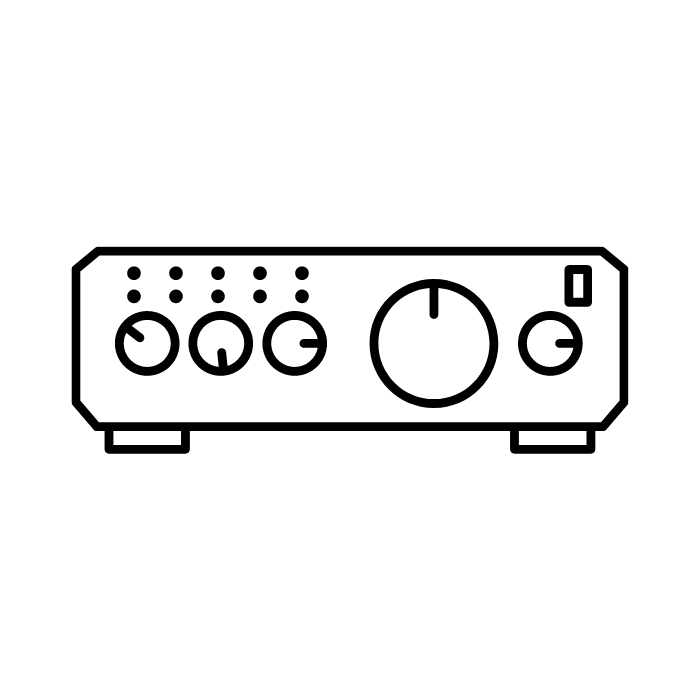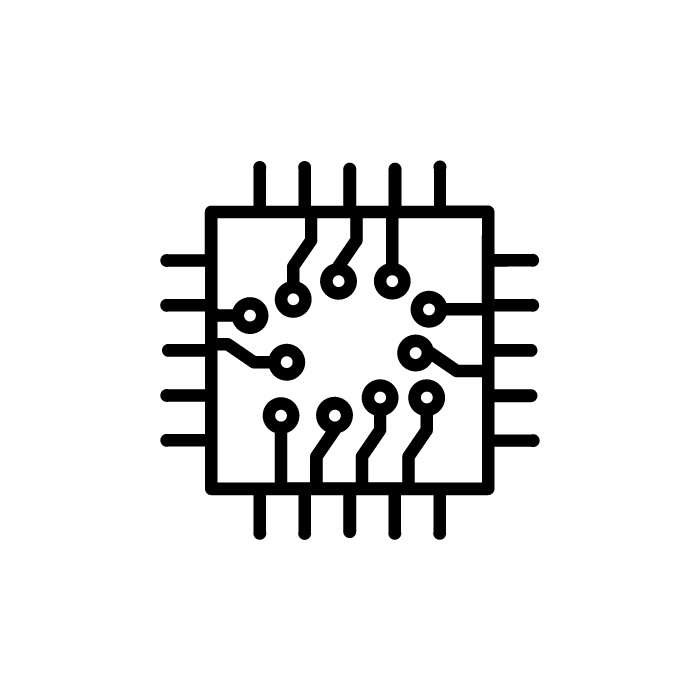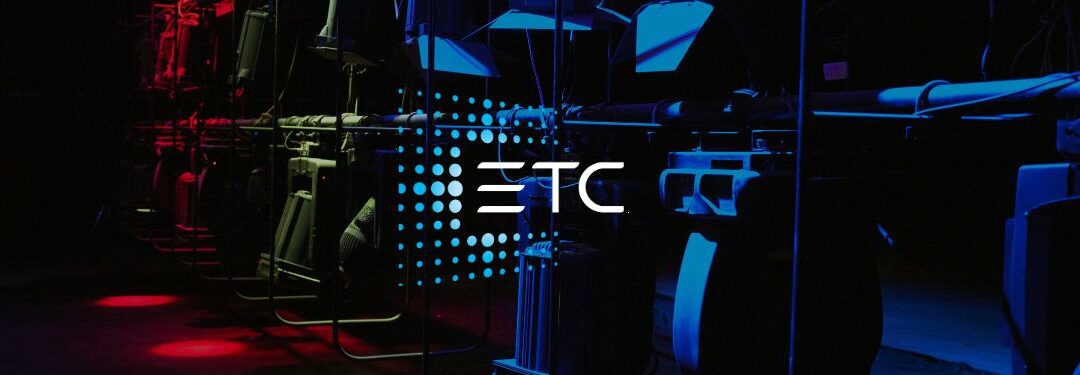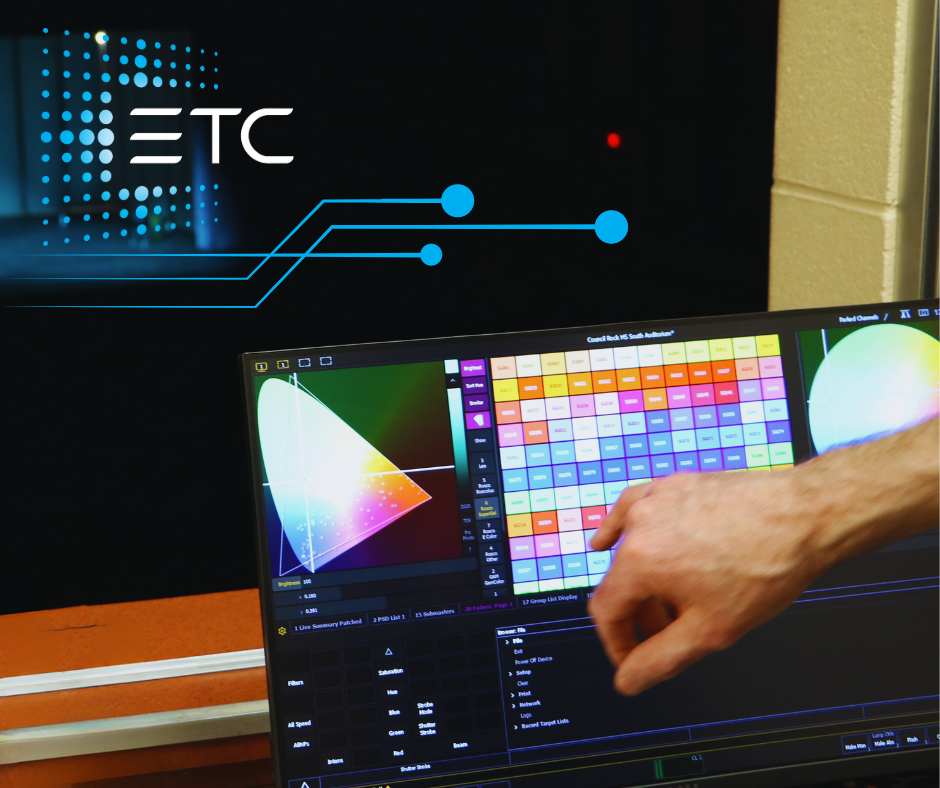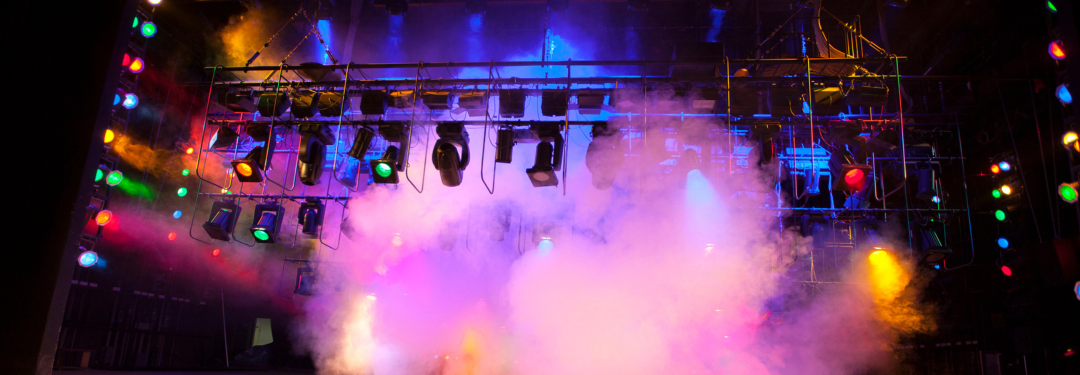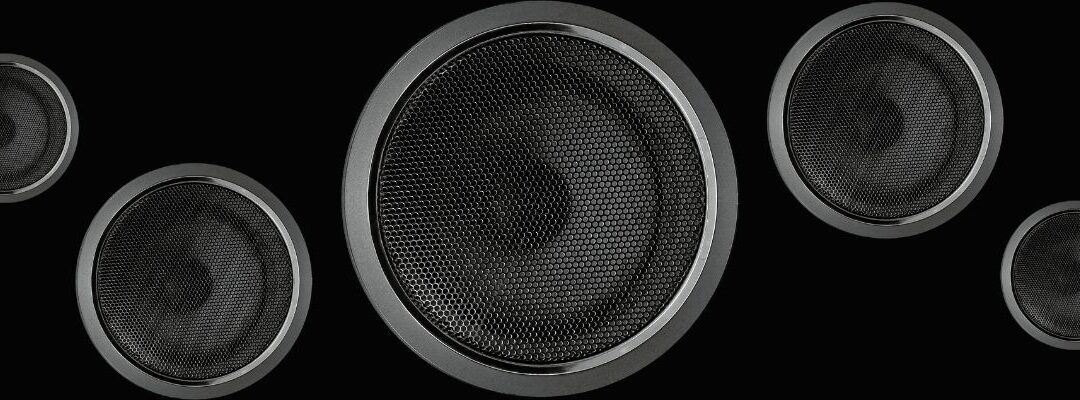
How to Choose the Right AV System for Your Needs
Choosing the right audiovisual (AV) system is more than just a technical decision; it’s about creating environments that foster effective communication and enhance experiences. Whether in a corporate boardroom or at a live entertainment venue, a well-designed and integrated AV system can transform mundane interactions into engaging events.
Starlite understands the power of precision in audiovisual solutions. With our extensive experience and commitment to innovation, each AV setup we design is perfectly tailored to meet the specific needs and goals of our clients. If you’re looking to captivate an audience, facilitate a workshop, or throw an unforgettable event, our team is breaking down exactly how to choose the right AV system for your needs.
What is an AV System?
An AV system is a synergy of technologies that manage and present both audio and visual content to enrich communications and interactions. It typically encompasses:
- Speakers to fill the room with sound.
- Microphones to capture clear audio.
- Video Equipment like projectors and monitors that bring visuals to life.
- Mixing Consoles and Digital Signal Processors (DSP) to balance audio inputs.
- Cabling and Connectors to seamlessly link all components.
- Interactive Technology to increase collaboration, learning and audience engagement.
- Audio-Video Conferencing Equipment
A sleek corporate conference room, a bustling entertainment venue, or a dynamic classroom—the right AV system is pivotal for your space. In corporate settings, it supports impactful presentations and global meetings. With entertainment, it amplifies the thrill with crisp audio and vivid visuals. And educational environments, it transforms teaching into a more interactive, engaging learning experience.
Understanding AV Control and Operating Systems:
At the heart of any efficient AV setup is the AV control system, a sophisticated interface that simplifies the operation of complex technologies. This system allows you to manage every aspect of your AV setup with ease, from switching between audio and video sources to adjusting light levels, all contributing to a smoother and more integrated event.
Think of the AV operating system as the brain behind the operation. A crucial software that ensures all your AV components communicate effectively and operate in harmony. This system supports diverse AV applications and enhances system reliability. This will provide a user-friendly interface that makes complex setups manageable.
The brand selected for your AV control system, whether it be Crestron, Q-Sys, or Extron, will define the native control language. This selection is generally based on the existing installation, ensuring compatibility and seamless integration within the current AV environment.
Types of AV Systems
Choosing the right type of AV system—whether portable or installed, wired or wireless—is crucial for matching your specific operational context and objectives.
Portable vs. Installed Systems
Portable AV systems offer flexibility and are ideal for events or spaces that require temporary setups. They can be easily moved and configured for various occasions. Installed systems, on the other hand, are permanent solutions that provide consistency and reliability for venues such as theaters, conference rooms, or educational institutions.
Wireless vs. Wired Solutions
Wireless AV systems provide a clean, uncluttered setup without the hassle of cables, making them perfect for spaces where flexibility and aesthetics are key. Wired systems typically offer more reliability and can handle larger amounts of data transmission without interference, suitable for settings where performance and stability are critical.
Specialized Systems for Different Industries
AV systems can be tailored to meet the specific needs of various industries. For example, healthcare facilities may require systems with privacy considerations, while sports venues need large, robust sound systems capable of reaching thousands of spectators.
What is Considered AV Equipment?
AV equipment encompasses any device that handles either audio or video functions, or both. This includes microphones, speakers, video cameras, TVs, projectors, screens, mixing consoles, and networking devices that help in capturing, displaying, or improving sound and video quality. No matter the specific equipment, there are a few key features to always consider:
Audio Quality and Clarity: High-quality audio is essential for ensuring clear communication and enhancing the overall experience, whether in a presentation or during a live performance.
Video Resolution and Display Options: The resolution of video displays affects how vividly content is presented. Options range from standard definition to ultra-high-definition displays, impacting the sharpness and detail of the video.
Integration Capabilities with Existing Technology: An effective AV system should seamlessly integrate with existing technological setups, enhancing functionality without requiring extensive modifications.
Ease of Use and Maintenance: Systems should be user-friendly, allowing easy operation and maintenance. This reduces the need for frequent professional assistance and supports longevity and reliability.
Installation and Setup
Once you have the equipment you need, the installation step is just as important. Detailed planning is critical to ensure the AV system fits well within the space and meets all functional requirements. This involves considering room acoustics, seating arrangements, and visual sightlines. While DIY installations can be cost-effective for simple setups, professional installation is recommended for more complex systems to ensure optimal performance and safety.
Make sure to choose AV systems that offer flexibility for future upgrades as technology evolves and needs change. Staying up-to-date with the latest technology trends can help you leverage new tools and innovations that enhance system performance and functionality.
Choosing the Right Partner
Selecting a provider that offers comprehensive services, from consultation and design to installation and support is vital. Starlite provides customized AV solutions with an emphasis on innovation and customer satisfaction, backed by a team of experts dedicated to delivering top-notch service and support.
With Starlite’s expertise, you can ensure your AV needs are met with the highest standards. Reach out today to learn how our solutions can transform your audiovisual experience, ensuring it’s dynamic and future-ready.
Check out some of our previous work
Don’t forget to follow us on social:
